According to doctors, rapid fatigue and pain in the muscles and joints are caused by 75% by the wrong posture at the computer and 25% by not respecting the balance between work and rest.
We have collected expert advice on how to sit properly at work so there are no health issues.
How To Keep Yourself Fit And Healthy While At Work
6. Leg Pain
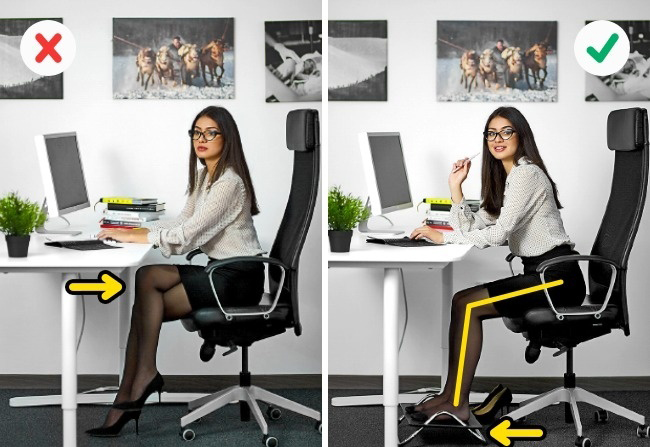
Do not cross your feet or legs. It worsens blood circulation, tightens the veins, and causes discomfort in the form of numbness and restless leg syndrome.
The first thing you should do is adjust the chair. Your feet should not hang and the edge of the seat should not press below the knees. Place your feet on the floor or on special support so that your legs are bent at a slightly higher angle than 90 °.
Sources: spine-health, ncbi, cdc, nhs
5. Back Pain
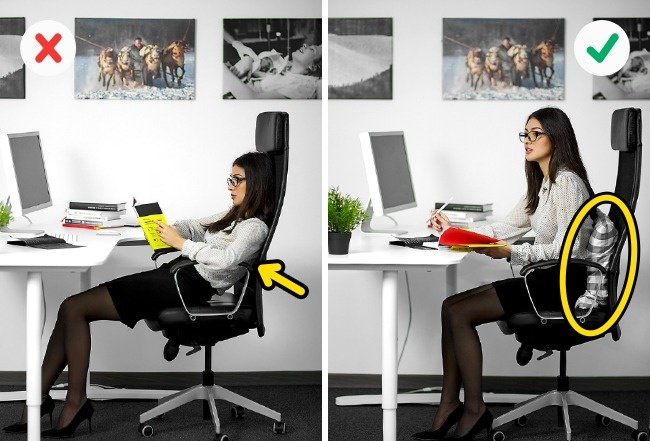
The depth of the chair should match the length of your hips. If you sit in a very large chair, place a pillow under your waist to partially support the load. Otherwise it will slide down and this will cause tension and back pain.
The chair should have a comfortable back with a natural curve so that the back is not shaped like a question mark.
Do not rush to change position if you feel discomfort. Let your muscles get used to the correct posture. Some of them will relax and the posture is comfortable, but it doesn’t happen right away.
Sources: telegraph, doi, spine-health
4. Hands Get Tired
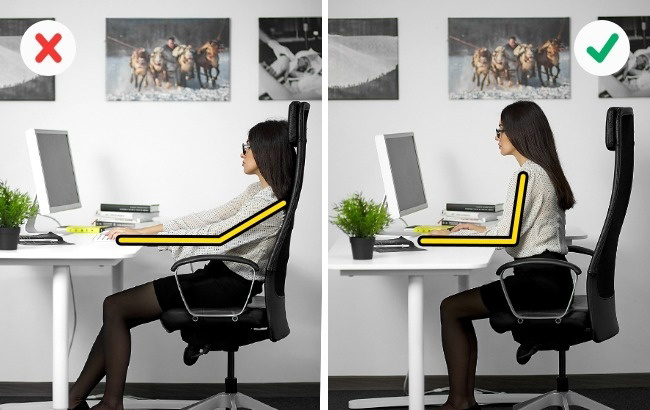
When you work at the computer, your hands are in constant tension. Incorrect loading and positioning can cause dull, uncomfortable pain as well as a numb feeling in the hands in the morning.
The position of the shoulders and forearms is correct if the keyboard and mouse are at elbow level. Your wrists should be straight, not turned sideways. Your hands themselves should bend at the elbows at a 90 ° angle and lie flat on the table.
Sources: mayoclinic, office-ergo, berkeley
3. Neck Pain
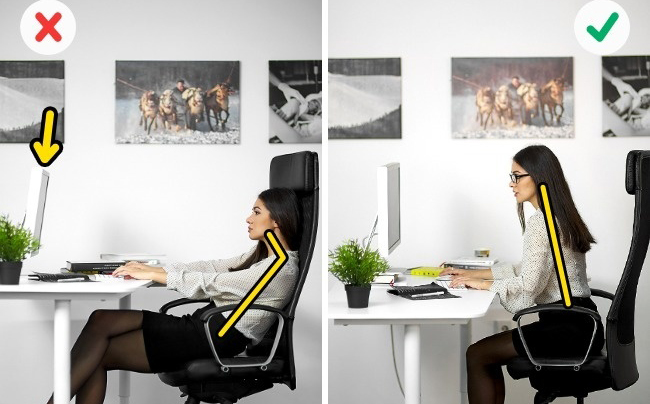
To avoid neck and head pain, it is important to position the monitor correctly. If it is too low, you should bend your back or slide the chair. This increases the load on the front edges of the intervertebral discs and can lead to a hernia or protrusion.
Sit in a chair, close your eyes, and relax. When you open them, the point where the center of the screen should be will be right in front of you. If necessary, use a support under the monitor so that it is at eye level. The screen should be right in front of you and not to the side so that the load on the neck and eyes is minimal.
Sources: mayoclinic, webmd, spine-health
2. Sore And Tired Eyes
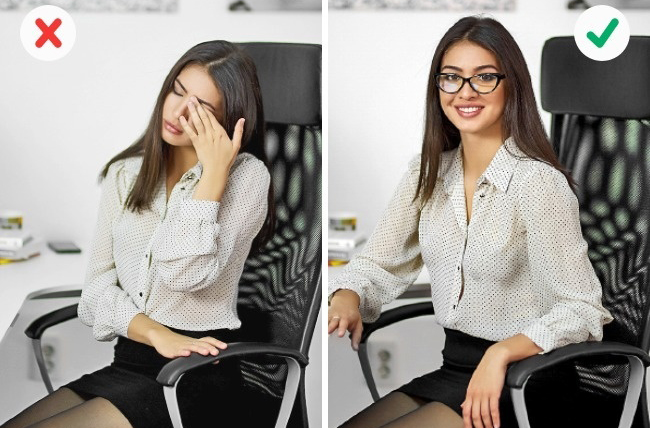
When you work on the computer for a long time, the so-called computer vision syndrome can occur blurred vision, dryness, redness. Then, headache and irritation.
Position the monitor again. Doctors believe that the ideal position of the center of the monitor is at eye level, about 50 cm from the face.
Remove the glare from the screen. If your computer is near a window, move it or close the curtain. Adjust the brightness, contrast, and font size.
It will be helpful to wear special glasses that filter part of the spectrum. That way, your eyes will be less tired and you will maintain your vision.
Don’t forget about the eye exercises. You can look out the window or “scan” the room with your eyes every hour for at least 20 seconds. You can also do simple eye exercises.
Sources: webmd, allaboutvision, webmd
1. Fast Fatigability
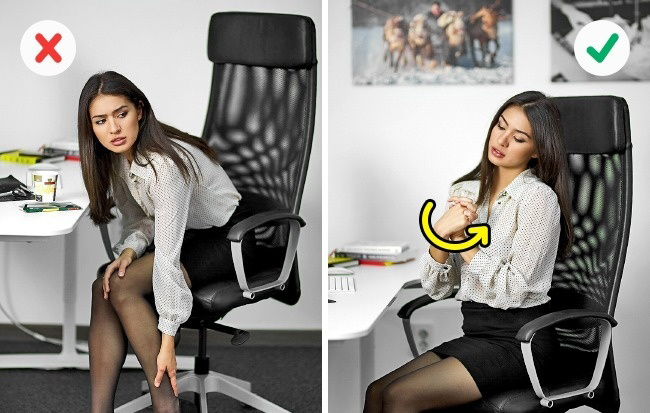
If a person leads a sedentary lifestyle and likes fatty foods, cholesterol builds up on the inner walls of their vessels. The veins are stretched, and the valves stop coping with their function.
Unpleasant sensations appear: pain, feeling of fatigue in the feet and legs, swelling of the legs, and high blood pressure. Symptoms generally occur late at night.
Allow at least a little time to exercise every day. Do simple gymnastics that will take no more than 15 minutes. Try walking more instead of driving or using public transportation. And, most importantly, eat healthily.
Sources: mayoclinic, cornell








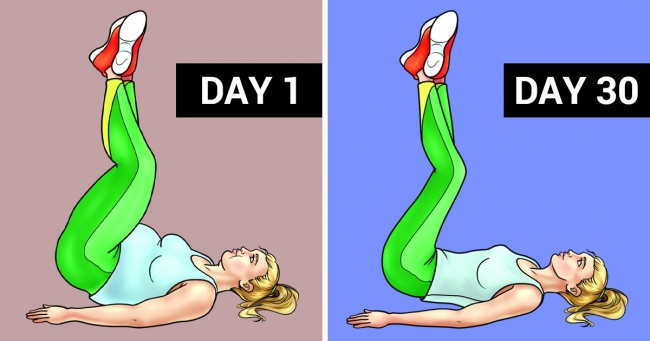
Leave a Reply